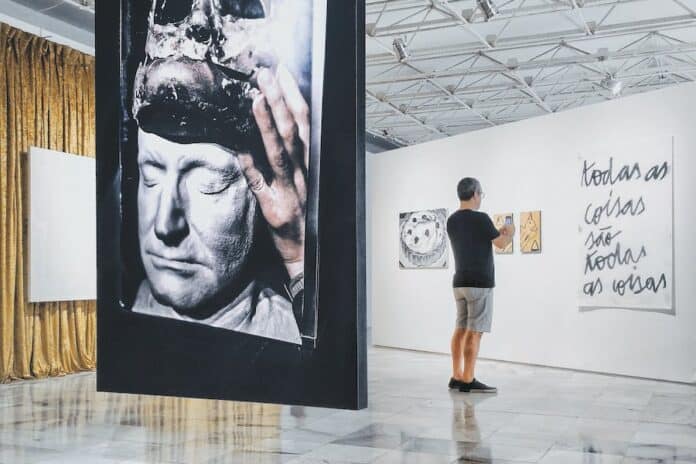Investment portfolios have traditionally leaned heavily on stocks and bonds for their perceived stability and promising returns. However, the contemporary investor’s landscape is vast and varied, offering avenues that extend far beyond these conventional assets. One such avenue that has steadily garnered attention is fine art. Investing in fine art transcends the aesthetic appeal, presenting a slew of tangible benefits that bolster not just financial portfolios but also enrich personal experiences.
Resilience Against Market Fluctuations
The world of finance is no stranger to volatility. Stocks and bonds, often at the mercy of economic shifts, can depreciate swiftly. Fine art, in contrast, boasts a historical resilience against such market turbulences. The value of art tends to be more stable, often unaffected by the financial downturns that impact traditional securities. This characteristic stems from art’s intrinsic value, cultural significance, and the enduring desire for human expression, making it an attractive asset for those seeking to weather market uncertainties.
Asset Diversification And Risk Mitigation
The golden rule of investment, diversification, is at the heart of successful portfolios. Fine art, an alternative investment, serves this principle by spreading the risk. Including art in one’s portfolio introduces an asset that doesn’t correlate directly with the stock market, often retaining or increasing its value while other investments face a downturn.
This diversification is not merely about having varied assets but about strategically choosing those that can operate independently of each other’s performance. Fine art fulfills this criterion, often marching to the beat of its own drum, impervious to economic conditions that might affect other investments.
Potential For Appreciation
Fine art carries the potential for significant long-term appreciation. Unlike the often quick turnovers seen in stock trading, art investment is a journey of patience. Over time, certain artworks have not only retained their value but have also witnessed exponential growth.
This appreciation, however, is not a gamble but a calculated decision informed by meticulous research, market understanding, and sometimes, seasoned intuition. Success in art investment is often the realm of the visionary – those who can spot talent and potential and are willing to wait for their fruition.
Cultural Capital And Social Prestige
Investing in fine art isn’t solely a financial decision; it’s a doorway to a rich cultural world. Art collectors often find themselves amidst vibrant communities that hold cultural significance. Ownership of esteemed artworks inherently carries social prestige, offering investors a position within a sophisticated network of artists, collectors, and connoisseurs.
This cultural capital extends beyond mere social standing, often leading to enriching experiences, exclusive access to art events, and a deep sense of personal satisfaction derived from patronage of the arts. The art on your walls is not just decor; it’s a conversation starter, a testament to your cultural engagement, and a reflection of your personal journey.
The Tangible Asset Advantage
In an investment climate overflowing with digital assets and intangible securities, there’s a comforting tangibility to art. It’s an asset you can see, touch, and experience. This aspect brings a unique psychological benefit, grounding your investment portfolio in the physical world and offering an experiential pleasure that numbers on a screen cannot match.
However, the tangibility also calls for careful consideration regarding maintenance, insurance, and conservation. These factors, while necessitating additional effort, underscore the realness of the investment, making it all the more valuable.
Navigating The Art Investment Landscape
While the benefits are compelling, art investment is a nuanced arena that requires understanding and strategy. For investors venturing into this space, resources like Grove Gallery are invaluable, offering insights, guidance, and a curated selection of investable art.
Embarking on this journey necessitates a blend of passion for art and financial acumen. It’s about recognising talent, understanding market trends, and most importantly, trusting one’s own instinct and taste.
Conclusion: A Canvas Of Opportunity
Investing in fine art presents an opportunity to diversify beyond traditional assets, offering financial, social, and personal returns. It’s a tangible testament to human creativity that can enrich your living space, resonate with your personal story, and also hold significant monetary value.
Fine art investment is more than a transaction; it’s an immersive experience that invites you to be part of a cultural narrative. As you consider broadening your investment horizons, remember that fine art isn’t just for the affluent connoisseur. It’s an accessible and rewarding venture, waiting for the keen investor ready to explore life beyond stocks and bonds.












